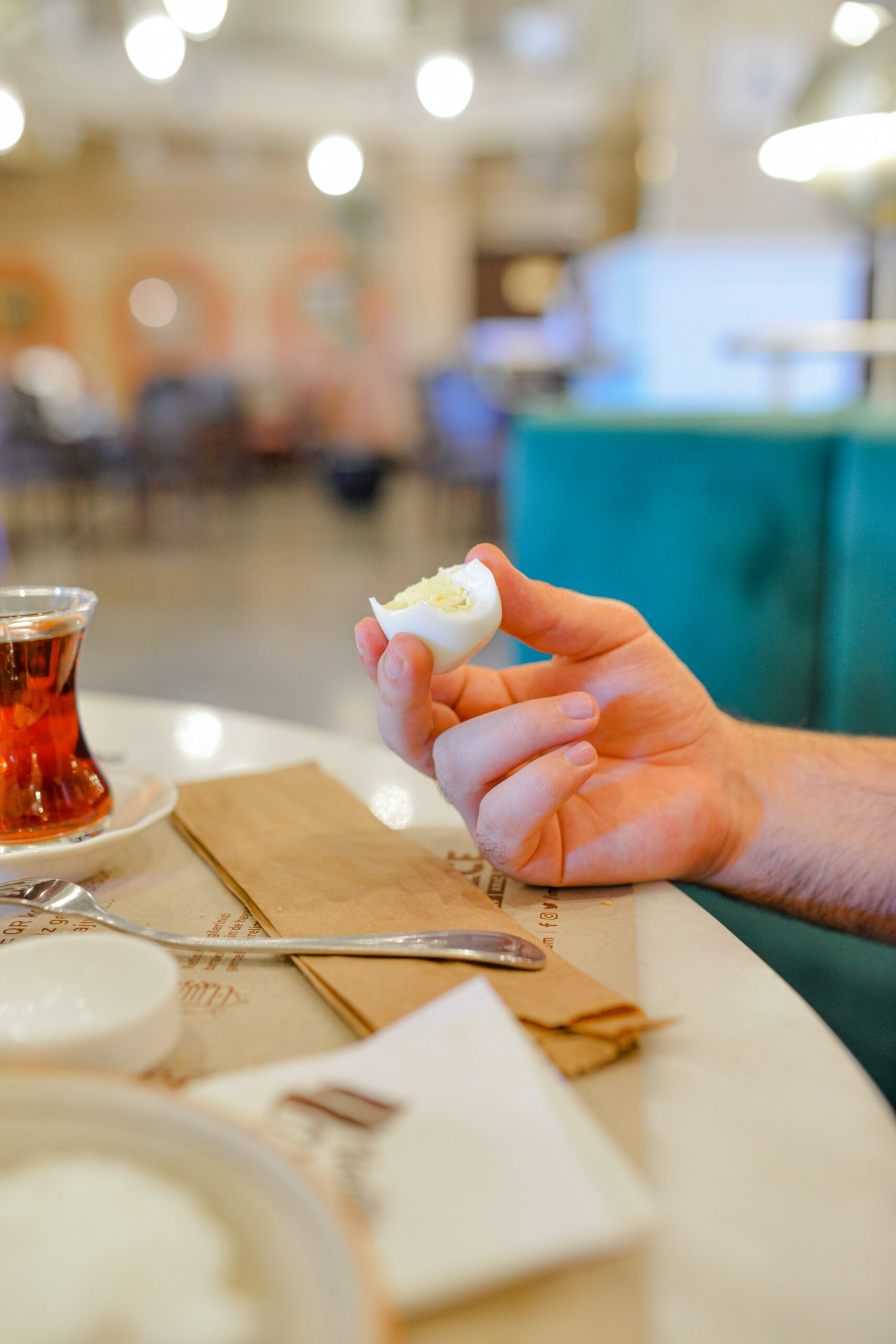Discovering the best way to boil eggs for easy peeling is an art that combines technique and precision. To achieve the ideal hard-boiled egg that peels effortlessly, one needs to consider several factors, such as the freshness of the eggs, boiling time, cooling method, and peeling technique. This comprehensive guide will delve into the nuances of boiling eggs to achieve a consistently smooth peeling experience, ensuring you enjoy a delightful hard-boiled egg every time.

Freshness Matters: Selecting Eggs
The first step to ensuring easy-to-peel boiled eggs is to use slightly older eggs rather than very fresh ones. Fresh eggs have a lower pH level, causing the albumen (egg white) to adhere to the inner shell membrane. Therefore, opt for eggs that are a few days old but not expired.
Preparation and Boiling Technique
- Egg Selection: Choose your desired number of eggs. Ensure they are at room temperature. A cold egg may crack in boiling water.
- Boiling Water: Place the eggs in a saucepan and cover them with cold water. Ensure the water level is about an inch higher than the eggs to fully submerge them.
- Boiling the Eggs: Over high heat, bring the water to a rolling boil. Once the water is boiling vigorously, cover the pan with a lid and turn off the heat.
- Cooking Time: For medium-sized eggs, leave them in the hot water for around 9-10 minutes. Adjust this timing according to the desired yolk consistency. For firmer yolks, increase the time by a minute or two.
- Cold Water Bath: Once the desired cooking time is achieved, carefully remove the eggs from the hot water and immediately transfer them to a bowl of ice water or cold water with ice cubes. This rapid cooling helps create a separation between the egg and the shell, making peeling easier.
Peeling Techniques
The success of peeling boiled eggs often lies in the technique applied. There are multiple methods to efficiently peel hard-boiled eggs:
- Crack and Roll Method: Gently tap the egg on a hard surface, rolling it to create cracks all around. Begin peeling at the wider end of the egg, as the air pocket in this area makes it easier to start. Under running water or in an ice bath, peel the eggshell while the water helps ease the process.
- Spoon Method: At the wider end of the egg, tap to crack the shell, creating an opening. Slip a spoon between the shell and the egg and move it around the egg, separating the shell from the white. This method works exceptionally well for fresher eggs.
- Peeling Under Running Water: Under a slow stream of water, peel the egg. The water helps get between the membrane and the egg white, aiding in the shell’s easy removal.
Troubleshooting and Additional Tips
- Older Eggs: As mentioned earlier, older eggs tend to peel more easily. If using fresh eggs, consider adding a teaspoon of baking soda to the boiling water to raise the pH level.
- Cracked Eggs: If an egg cracks during boiling, add a splash of vinegar to the boiling water. This can help seal the crack and prevent egg whites from leaking out.
- Shell Thickness: The shell thickness may vary depending on the egg’s freshness. Older eggs typically have a more pH-balanced shell, making peeling easier. If faced with particularly stubborn shells, consider gently tapping the entire surface of the egg to create hairline cracks before peeling.
- Cooling Time: Allow the eggs to cool completely in the ice water bath to aid in separation between the egg and the shell.
Conclusion
Mastering the art of boiling eggs for easy peeling involves several factors: choosing the right eggs, precise boiling, immediate cooling, and effective peeling methods. With this comprehensive guide, you are equipped with the knowledge and techniques to consistently achieve perfectly boiled eggs that peel effortlessly. Experimenting with different methods and adjusting according to your egg freshness will help you find the optimal technique for delightful hard-boiled eggs every time.